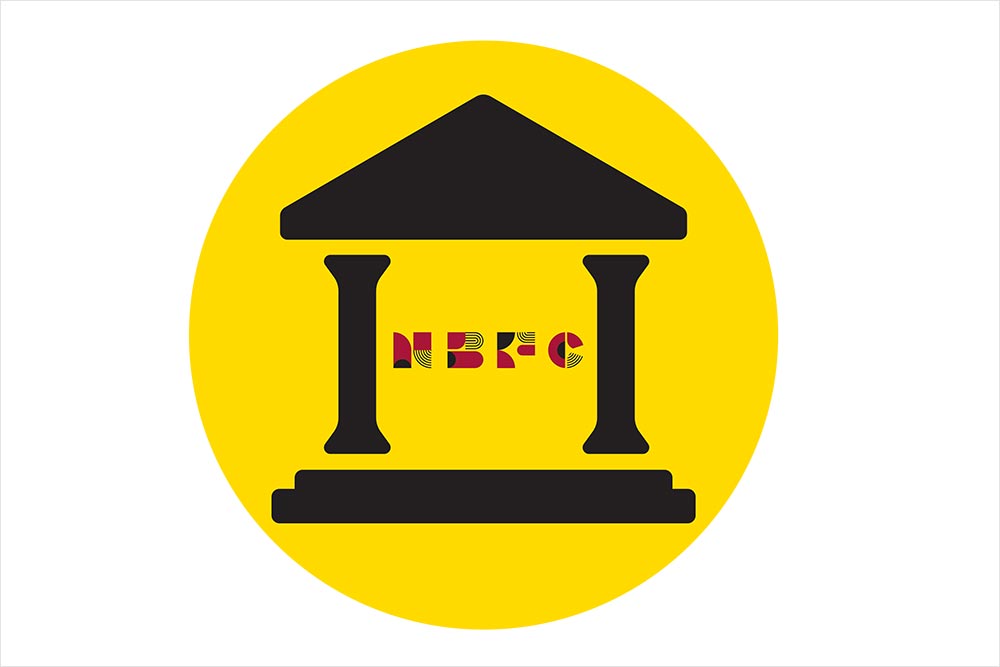Roughly 10 years ago, Spice Money, an Indian rural financial services company, offered just one service—digital train ticket booking on the Indian Railway Catering and Tourism Corporation (IRCTC) portal. Over the next five years, the company, a fully owned subsidiary of DiGiSPICE Technologies, rolled out digital payment options for tour and travel bookings, utility bill payments, insurance, cash withdrawal and direct money transfers. But for the past three years, the company has focused its attention on small-ticket loans. It has tied up with third-party lenders and has now queued up for a non-banking financial company (NBFC) licence.
The queue for NBFC licences keeps getting longer. Hordes of fintech start-ups are lining up at the doors of the Reserve Bank of India (RBI) to obtain licences that allow them to give loans on their own books. In the queue are micro-saving platforms, payments firms and stock broking companies. For India’s fintech sector, loans seem to be a sure-fire way to profitability.
Loan Route to Success
Many fintech start-ups originating in non-lending verticals have sought to move to lending verticals over the past few years. Walmart-owned PhonePe has been lending to 3.9 crore merchants in partnerships with NBFCs and banks since May 2023. Two months into the lending business, PhonePe achieved an annualised disbursal run rate of Rs 1,000 crore and disbursed more than 20,000 loans through its NBFC partners. A month before venturing into the loans business, PhonePe chief executive Sameer Nigam was quoted saying the company may consider applying for an NBFC licence at some point.
CRED, a rewards-based credit card payments platform, forayed into lending in April 2020 after the fintech giant’s founder Kunal Shah floated a new firm called Newtap Technologies to acquire Parfait Finance in 2021. The new entity rebranded itself as Newtap Finance and within the first year recorded a net profit. Shah holds a 75% stake in the NBFC while CRED owns the remaining.
Payments firm BharatPe started merchant lending in 2019 through its banking and NBFC partners. In the 2023 fiscal, BharatPe’s merchant lending division recorded a 129% increase in loans facilitated reaching Rs 5,339 crore. In May 2023, BharatPe identified an opportunity in the small- and medium-enterprises (SMEs) sector and went on to acquire a majority stake in Trillionloans, a Mumbai-based NBFC.
Jar, a micro-savings platform that allowed its users to buy and sell gold, also forayed into lending towards the end of 2023. The Tiger Global-backed fintech is also considering taking the NBFC route in the coming days. Neobanks such as Jupiter, Fi Money and Freo have jumped on the NBFC bandwagon. Other neobanks such as OneCard and Uni Cards are also knocking on the central bank’s doors.
Lure of NBFC Status
Experts say fintech firms—be it payments or neobanks—will have to cross-sell to their existing users and increase the average revenue per user by leveraging low customer acquisition costs to build a sustainable business. An NBFC licence allows them to do just that. Lending, even while partnering with other banks and NBFCs, has allowed companies to build profitable businesses.
An NBFC licence gives companies a better revenue pool, says Varun Malhotra, partner at Quona Capital, a venture capital firm that invests in fintech innovators. If the debts required to run the business can be raised and balance sheet management is taken care of, then there is a strong case to have a captive NBFC licence, Malhotra adds.
Other experts say that despite stiff compliance requirements, fintech start-ups prefer to get the RBI’s nod to have a better control on the lending game. “For larger fintech players, obtaining [an] NBFC licence has become an attractive option to establish standalone lending businesses. Despite the regulatory challenges associated with this route, it offers greater autonomy and control over operations,” says Sameer Singh Jaini, founder and chief executive, The Digital Fifth, a digital and fintech consulting firm.
Business Case for Loan-Giving
Fintech firms, often, are loss-making. In giving out loans, these firms are trying to emulate the success of pureplay lending start-ups that have found a quicker path to profitability. Start-ups such as InCred Finance, Oxyzo Financial Services, OfBusiness, LendingKart, Kinara Capital and NeoGrowth have all turned profitable in the past few years.
“Lending is seen as lucrative because technology innovation is making a lot of niche product offerings now possible quickly to meet varying credit demands,” says Hardika Shah, founder and chief executive, Kinara Capital, an NBFC that has been profitable for the past nine consecutive years.
Others agree. “Formal lending remains a low-hanging fruit in India. The cost of capital is relatively low when compared to loan sharks in the highly informal credit market,” says Nishchay Ag, co-founder and chief executive, Jar.
SMEs are the focus of many of these fintech lenders. India’s 6.34 crore SMEs collectively account for about 30% of the country’s gross domestic product (GDP), but credit penetration in the sector lags at a meagre 14%, according to a report by consultants EY . With demand for credit growing rapidly, the credit gap is expected to go north of $500 billion, a report on SME credit by GetVantage and Redseer Strategy Consultants says.
Harshvardhan Lunia, co-founder and chief executive of lender fintech LendingKart, says, “Lending, as a business, is always profitable if you get the basics right. You can be profitable as both NBFC, or, as we have proven, as co-lending partners of choice for banks and NBFCs.”
Talking about why his company obtained an NBFC licence, Lunia says, “[The] licence empowers us to tailor mutually beneficial deals, operating seamlessly on the most relevant co-lending model.” LendingKart turned profitable in the 2023 fiscal. It facilitates loans mostly through its partner NBFCs and banks but also lends through its NBFC arm LendingKart Finance.
NBFCs can often give better margins by operating in niche areas such as micro-, small- and medium enterprises (MSMEs) lending and used car financing with limited competition where they can effectively manage increased risks, says Jaini of The Digital Fifth. “They also benefit from partnering with larger lenders for co-lending and direct assignment which enhances their profitability,” he adds.

A section of experts says some NBFCs start with lower margins but improve as the business scales. “Even for NBFCs, the margins initially are very low, but we have observed that after their assets under management cross the threshold of Rs 500 crore, profitability goes up,” says Neil Shah, partner and vice president of research at market research firm Counterpoint.
An NBFC licence also helps businesses build credibility and trust. Dilip Modi, founder and chief executive of Spice Money which is in the queue for an NBFC licence says, “Given our understanding of merchants, we believe we are in a position to build customised lending products to help them grow their income. As a responsible lender, we want to empower small businesses in emerging India to drive their income growth.”
Industry watchers, however, say that while fintech firms line up to give out loans, the NBFC route may not be as easy as it seems.
Not Easy Becoming NBFC
To start with, obtaining an NBFC licence is an uphill task. For a company to obtain an NBFC licence, it must be running financial services as part of its principal business. The RBI states that only a company whose financial assets account for more than 50% of the total assets and income from such assets constitute more than 50% of gross income can register as an NBFC.
For example, the now beleaguered fintech giant Paytm was able to foray into lending and make it a major growth driver for its topline in the past four years. Its revenue from financial services grew from Rs 128 crore in the 2021 fiscal (around 5% of operating revenue) to Rs 2,004 crore in the 2024 fiscal (20% of operating revenue). However, since most of the income still comes from the payments business, it cannot apply for an NBFC licence.
Even if a company manages to obtain a licence, what follows is intense competition alongside thousands of other NBFCs that have been in the space for decades. As of March 2024, more than 9,300 NBFCs are registered with the RBI. The regulator’s strict compliance requirements have meant that lapses often lead to revocation of NBFC licences. In March 2024, the RBI released a list cancelling the licence of 5,700 NBFCs and asset reconstruction companies.
Quona Capital’s Malhotra says that while a big untapped credit market may make it seem relatively easier to add topline (revenue), running an NBFC business involves an increased level of responsibility. While running an NBFC has become easier with the success of the India stack, it is a whole different game from co-lending without an NBFC licence. Arun Nayyar, managing director and chief executive of SME lender NeoGrowth, says, “Co-lending is more of a distribution business and has fee-based income. But in NBFC, you need to identify the right segment, understand risk management, recovery, collections and build lending expertise.”











 Just one email a week
Just one email a week